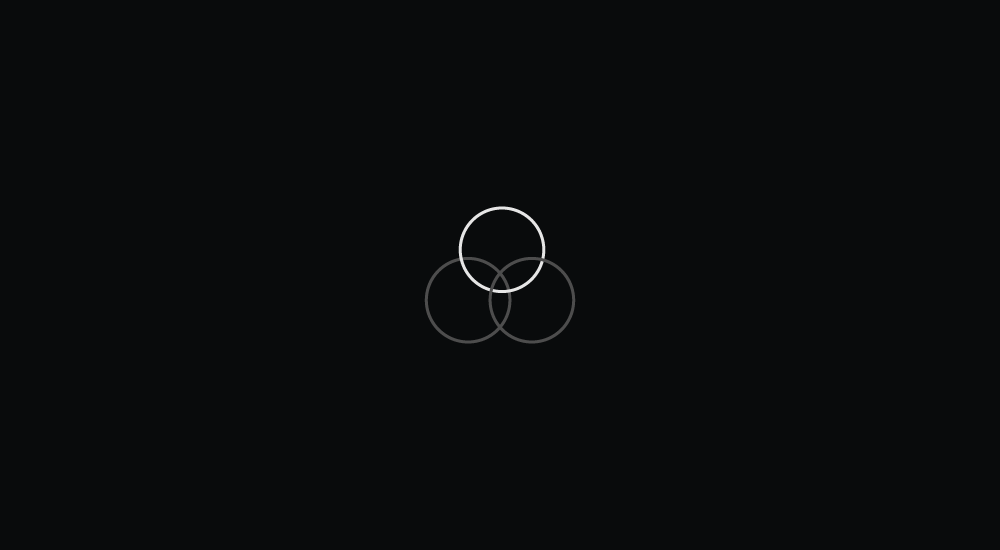Starting out as an artist or creator is both exciting and challenging. Pursuing your passion and expressing yourself creatively is rewarding, but navigating the business side of art and establishing a successful career can be daunting and often the most overlooked aspect.
Many new artists and creators make mistakes that hinder their progress and success.The five mistakes and advice I've provided is a summarised version of the information I gathered from my research into over twenty professional artists and creators. So, whether you're a Graphic Designer, YouTuber, Illustrator, 3D artist or any other type of creator, this guide will help you avoid common pitfalls and establish a successful career in the art world.

Mistake #1: Not Defining Your Niche
The most significant mistake creatives make is not defining their niche. Many artists and creators believe that they need to appeal to a broad audience to be successful, but the reality is that focusing on a specific niche is often more effective. Defining your niche allows you to develop a unique style and establish a clear identity. In addition, by narrowing your focus, you can better understand your audience and create work that resonates with them and yourself. Don't panic; I'm not telling you to go against your creative instincts and force yourself into a niche you have no interest in, as you'll read below.
Advice:
The best bit of advice I've ever received on this subject was written by Dan Koe on how to simplify your niche, so I'll share it with you here:
- Build for yourself
- Write to yourself
- Sell to yourself.
The most profitable niche is you. There are millions of people just like you! They all have the same problems, interests and desires as you. But the best part is that you only have to find a small fraction. So, keep yourself and your interests in mind when you're creating next.

Mistake #2: Not Treating Your Art as a Business
Many artists and creators make the mistake of treating their art as a hobby rather than a business. While creating art is a form of self-expression, it needs to be taken seriously as a business if you want to succeed. There are countless artists and creators that have had massive success with gathering a following online and generating huge reach, only to fail to capitalise on the opportunities.
A business requires careful planning and management. Not paying attention to the business side of the art can lead to missed opportunities and financial instability. Remember, there is no business without cash flow!
Advice:
- I'm not a fan of business plans, but having a roadmap of how you will get from points A through B is essential. You need to set yourself a path to guide you as you grow.
- This next point is more than sound financial sense. You need to keep track of your expenses and income and create a budget that allows you to invest in your art while covering your living expenses.
- As artists, we're great at creating, but many of us could be better at showcasing our work. Create a plan on how you'll market your work and profile as you build a brand and grow.

Mistake #3: Underpricing Your Work
Many new artists and creators make the mistake of underpricing their work to attract customers. It may seem like the logical or easy way to get more jobs, and while offering affordable prices may be a good strategy in some cases, underpricing your work can undervalue your talent, making it more challenging to increase your rates in the future.
Advice:
Figuring out what "your worth" can be tricky and challenging to get right. Getting comfortable with the figure or the rate you ultimately pin down can also be difficult, and it's something that you should constantly keep under review. After all, you only get better and more experienced with time, right? Here are some things you can do to use as an initial starting point:
- Research the market and your competitors, then set prices that reflect the value of your work.
- Take into account your time, materials, and overhead costs, as well as the level of demand for your work.
- Consider offering payment plans or layaway options to make your work more affordable to customers without compromising your value.

Mistake #4: Not Networking
As an introvert, the word networking continuously caused me anxiety when it was mentioned. If you're like me, then unfortunately, networking is critical to success in the art world, but many new artists and creators need to pay more attention to its importance. Building relationships with other artists, gallery owners, collectors, and curators can open doors to new opportunities and help you establish a reputation in the industry. Your reach and following will only get you so far, but as we've previously discussed, you need to treat your art like a business, and in business, networking is a critical component.
Advice:
- Attend art shows, conferences, and other events to meet other artists and industry professionals.
- Join online communities and social media groups to connect with other creatives and share your work.
- Collaborating with other artists on projects or exhibits builds your network and establishes your brand.
- Social channels are for more than just consuming content. You need to become a contributor. Comment and leave feedback on posts and videos you like that resonate with you.

Mistake #5: Becoming Stagnant
Becoming stagnant and not growing as an artist can be a dangerous trap that can limit your potential and creativity, leading to a lack of fulfilment and success in your career. Furthermore, when you stop challenging yourself and your artistic abilities, you risk becoming bored and uninspired, which can ultimately lead to a decline in the quality of your work.
Advice:
To avoid stagnation, it's important to continually challenge yourself and seek out new opportunities to grow and expand your skill set. Embracing growth and pushing yourself outside your comfort zone can lead to new levels of creativity, fulfilment, and success in your artistic career. By staying open to new experiences and learning opportunities, you can continue to evolve and improve personally and professionally as an artist.
Keep Creating
Starting a career as an artist or creator can be exciting and challenging. While pursuing your passion and expressing yourself creatively is rewarding, establishing a successful career in the art world requires careful planning, hard work, and a willingness to learn from the experience of others.
Now that you know the five biggest mistakes that new artists and creators often make, you're better equipped to increase your chances of success and establish a sustainable career as an artist or creator. Success as an artist is not just about creating great art but also about managing your business and building relationships within the industry. So stay focused, stay motivated, and keep creating!






